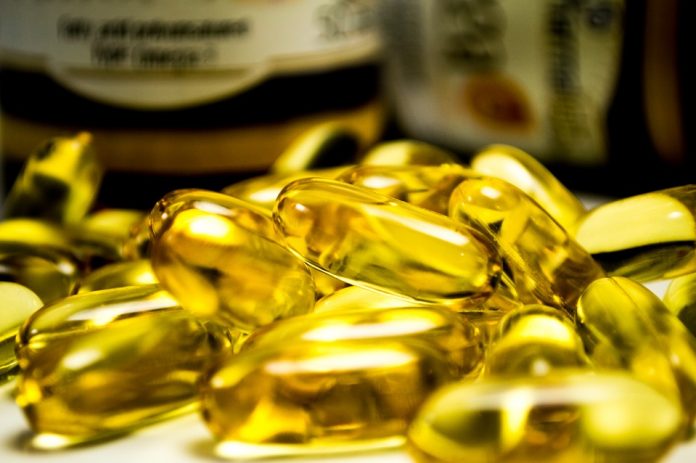The Growing Therapeutic Values CBD
Cannabis is becoming an increasingly prevalent part of society, attributed to sweeping medical and recreational legalization across North America. Many readers might be surprised to discover that they can utilize the therapeutic benefits of cannabis, without the “high” that has been so closely tied to the plant.
Introducing Cannabidiol, more commonly abbreviated as CBD. As one of the many cannabinoids present in cannabis, CBD is non-psychoactive, meaning it doesn’t impair patients in the way that the cannabinoid THC does, but still offers a long list of therapeutic benefits. CBD, which often comes as an oil extracted from the cannabis plant, can be consumed in food products, or ingested under the tongue through a tincture.
Clinical evidence is mounting in support of CBD, and research suggests that CBD is a viable option for a long list of conditions, most notably related to epilepsy and mood disorders, but also in the management of chronic pain. As a safe and less intimidating option for new patients, CBD could potentially be the key to the public harnessing the therapeutic effects of cannabis. This cannabinoid could be the gentle introduction needed to bridge concerned or curious members of society, into medical patients seeking wellness.
Consuming Cannabis for The Sake of Wellness
Cannabis offers the most therapeutic benefits through vaporizing the whole plant, utilizing the aromatic terpenes present in a strain, and taking advantage of the often misunderstood “entourage effect.” As new products emerge, patients can consume strains that predominantly contain CBD; the strain Charlotte’s Web was created specifically for a young girl to manage her debilitating seizures without impairment.
Consuming very small vaporized doses of these types of cannabis strains allow patients to medicate throughout the day and find relief without impairment, improving their quality of life. This method known as microdosing has been clinically proven to offer therapeutic benefits, while avoiding impairment attributed to the overconsumption of THC.
A Gateway into Relief Without Intoxication
Cannabis remains as a non-traditional medicine that can’t be dosed in the same way a doctor would typically prescribe a pain medication. There comes an element of trial and error to medicating with cannabis, and CBD presents itself as a gateway to health and wellness for new patients starting out on their cannabis journey.
Cannabis, as both a recreational drug and medicine, is set to become an increasingly more normalized part of everyday society. Stigmas that were once closely tied to cannabis will fade, and the topic will become less contentious among family and friends alike.
Ultimately, people won’t be interested in getting high, but instead curious as to how cannabis can contribute to their wellbeing. Those who wish to take advantage of the therapeutic benefits of cannabis will ultimately be better suited for the medical market, as patients have more specialized needs and can utilize cannabis products that are tailored to medicating a specific condition.
Embracing Cannabis as A Medicine
There comes a level of intimidation for new patients using cannabis. For people who are looking to find relief from things like chronic pain, seizures attributed to epilepsy, along with muscle spasticity from multiple sclerosis, cannabis, and especially CBD presents itself as a unique therapeutic option.
Patients who have experienced the harsh side effects of opiates or antiepileptic drugs, cannabis presents itself as a natural option for conditions in which traditional treatment methods have failed. For those who are intimidated by the plant or have had poor experiences in the past, education is the best way to change perception, reduce stigma, and embrace cannabis for what it is; a medicine.
This article is intended for informational purposes only. If you have any questions or are considering any recommendations, please consult your health practitioner.























